The Art of Marketing
Interview with Barry Shereshevsky
by Christina Moss
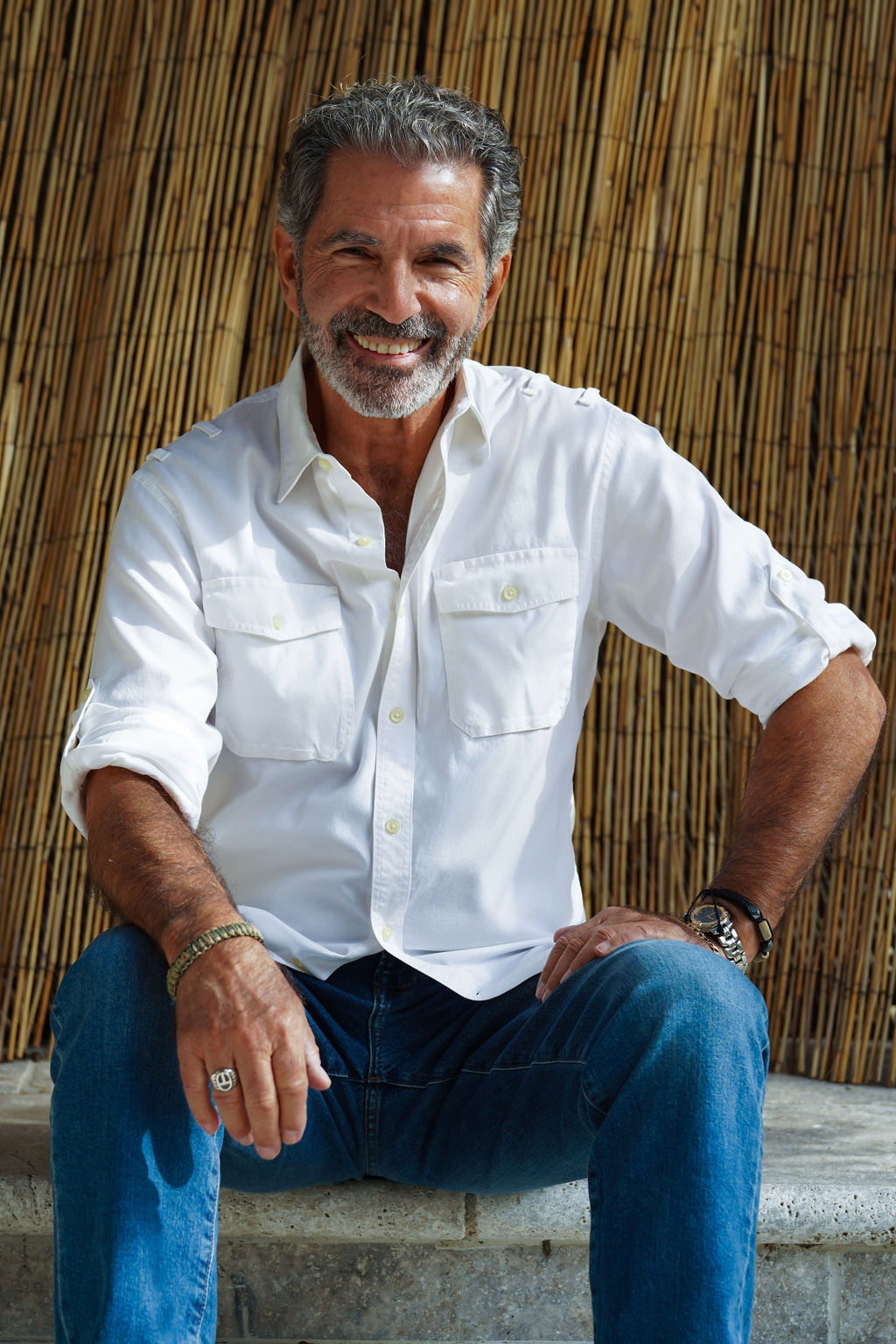
1) You’re a professional and accomplished marketing artist. Am I correct in assuming you’ve serviced some really big names?
Yes, I’ve been fortunate enough to work with companies in Hollywood like Warner Bros., Universal, Columbia Pictures, The Walt Disney Company, and Capitol Records. Working for the Major Motion Picture studios gave me a chance to art direct and design such posters as “Star Wars” (co-designed the initial logo and brochure), “One Flew Over the Cuckoo’s Nest”, “The Rocky Horror Picture Show”, “Jaws”, “A Star Is Born” and many others. Capital Records hired me to design trade advertising and also radio spots. While living and working in New York City I also worked with most of the large advertising agencies art directing and designing campaigns for Pan Am Airlines, British Airways, and many other products and services.
2) Was your success a slow and steady growth or was there a point where you felt you got your “big break?” (tell me about that)
After college, I moved to New York City from northern New Jersey. My main goal then was to find out what route the successful graphic designers had taken so I could try to mirror their careers. I interviewed with four or five of the then top designers in New York City including Herb Lubalin, Saul Bass and Milton Glaser.
They all looked at my college portfolio and told me I might have some talent and they all agreed I should learn something about typography. So, I secured a position as a beginner typesetter at a typography studio named Ottino and Solomon. This was more of an important career move than I would recognize until I moved to Hollywood, California.
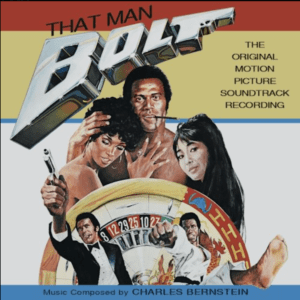 Because I was one of a few designers that knew anything about designing with and properly setting type, my break came when I was hired to design a movie title (logo) for an action film called “Bolt”. The logo “T” looked like a gun made up of the letterform and the final logo was painted to look like chrome by a very talented artist named Gary Meyer.
Because I was one of a few designers that knew anything about designing with and properly setting type, my break came when I was hired to design a movie title (logo) for an action film called “Bolt”. The logo “T” looked like a gun made up of the letterform and the final logo was painted to look like chrome by a very talented artist named Gary Meyer.
From then on, I was given one film after another to design logos to the full art direction of movie posters and campaigns. That constituted my “big break” and my career blossomed from that point on. Learning about typography was really the one talent that enabled me to become somewhat more valuable than other designers and I excelled from there.
3) At what age did you know you were an artist?
I was fortunate at a very early age to know I was an artist.
I remembered picking up these pencils and somehow recognizing them as the equipment I was very familiar with and had used to create art in a past life.
When I graduated high school and asked many of my classmates what they were going to pursue, most of them had no idea. I was stunned by this. I really thought everyone knew what they wanted to be and have as a career. There was another artist in my class who went on to become THE organist for the St. Peter’s Church on Fifth Avenue in New York City and another friend who knew he was going to be an engineer.
4) What brought you to that conclusion?
Being an artist just seemed to come naturally for me. I was constantly pulled in that direction. When I was in elementary school I became quite the Disney artist in my class. I drew characters ranging from Goofy and Mikey Mouse to Lady and The Tramp.
I was always hanging out in the art class even after school working on projects. I was an artist and that was what I was going to be for the rest of my life.
5) What’s your favorite thing about being an artist in the field of marketing?
Well, from what I know about marketing is that good marketing creates “want”. That “want” has got to be communicated in such a way that the viewer reaches for whatever they are seeing and reading.
As an artist, an image should communicate and have an impact. If I’ve learned anything about art is that images should communicate easily and especially when using an image to market a product or service.
My favorite thing is creating and using images that stop people in their tracks and also stops them from scrolling on social media sites.
Having worked on Madison Avenue in NYC for ad agencies, I was able to hone my skills to use very few words to get across a concept in marketing. And, as an artist to also have knowledge about what effects color and positioning of elements in ads have to encourage clicking or reach for the product and services.
6) What sort of challenges have you had to overcome along the way?
There were many challenges. The first major challenge was how to progress from being a typesetter in New York City to becoming a successful graphic designer. That transition actually happened when I moved out to California.
The challenge in Los Angeles was how to freelance as a designer for large companies. I went on many interviews and landed in Capital Records working for a very famous art director there named Roland Young. He started hiring me to create ads for the various groups on their label that would run in Rolling Stone magazine and other trade publications.
From there I freelanced for a design boutique that specialized in creating ad campaigns for motion picture studios. The challenge there was how to secure a position as lead art director which fortunately I was able to do for a 6 year period.
My next challenge to start my own design studio with a longtime friend from NYC who also moved to Los Angeles. We were successful for a number of years working for most of the studios and creating campaigns for their films.
When computers came into existence, that was a huge challenge. Those designers who did not make that transition quickly found themselves out of work. My company employed two very bright young guys who brought the first Macs into my company and I quickly learned the programs most used at the time.
From there, the challenge has been to adapt and learn how to service clients effectively with social media advertising. Gone are the days of the media buying services and today Google, Facebook, Instagram are where the most advertising dollars are spent and made. The principles are the same as the ad agency days but now everything moves at lightning speed and competition is constantly increasing.
7) Tell me an exciting adventure you’ve had along the way.
Well, after looking at the definition: “an unusual and exciting or daring experience.”
One does come to mind; I was asked to fly out from Hollywood to NYC and art direct a photo shoot for a TV guide ad. The ad was to promote a movie of the week on NBC-TV. I was freelancing at the time and the executive at NBC asked that I direct a photo of the main star characters of the film – Anthony Hopkins and Blythe. The photoshoot was set up in an apartment that was being used as a set for filming the movie.
My photographer was setting up his equipment and I was helping with a few cables. At one point I carried an electrical connector to the wall to plugin and one of the crew yelled out to me, “hold on there, buddy! This is a union set. We have union electricians to take care of what you’re about to do.” I looked over at him and saw at least 12 guys sitting on window sills relaxing and one of them came over and plugged in the wire. That was my introduction to working with unions. The rest of the shoot went fine.
8) How would you define an artist? Do you think it’s something inherent or developed?
I define an artist as someone who sees the world a little differently than those around them.
Someone who enjoys the creative process of envisioning a concept in their own universe and then being able to create that image/concept for all to see. And, that the work communicates what the original concept clearly is.
I believe artists have the ability to create something out of nothing. That in itself is magic and is how the world moves forward. The world relies on artists to see the future and be able to create it in all manner of ways.
An artist can be a painter, writer, photographer, dancer, engineer, and can also design their own lives in a way to reflect creativity and beauty not only in themselves but within their environment and elements they live with.
I believe we all have that creativity within us and it evolves throughout life differently for everyone. Some will see their creative path as a performing artist or painter or writer and put all their energy into it.
9) What advice would you give to an aspiring artist who wants to break into your field?
I would suggest research, research, and then more research.
Why? Because there are many areas of marketing available these days and to understand which marketing direction should be taken, one must first study how it works and how to be effective as a marketer.
For me, research is how I created my career. I looked at those who were successful at what I wanted to do and then found out from them what they did personally to set them on the correct path to success.
Look at what marketing piece captures your attention and study why it works and then studies why another piece doesn’t until you understand the process.
That’s what I would suggest an artist do if they wanted to break into the field of marketing on a creative level.
Links:
https://shereshevsky.net/testimonial/
https://shereshevsky.net/blog/

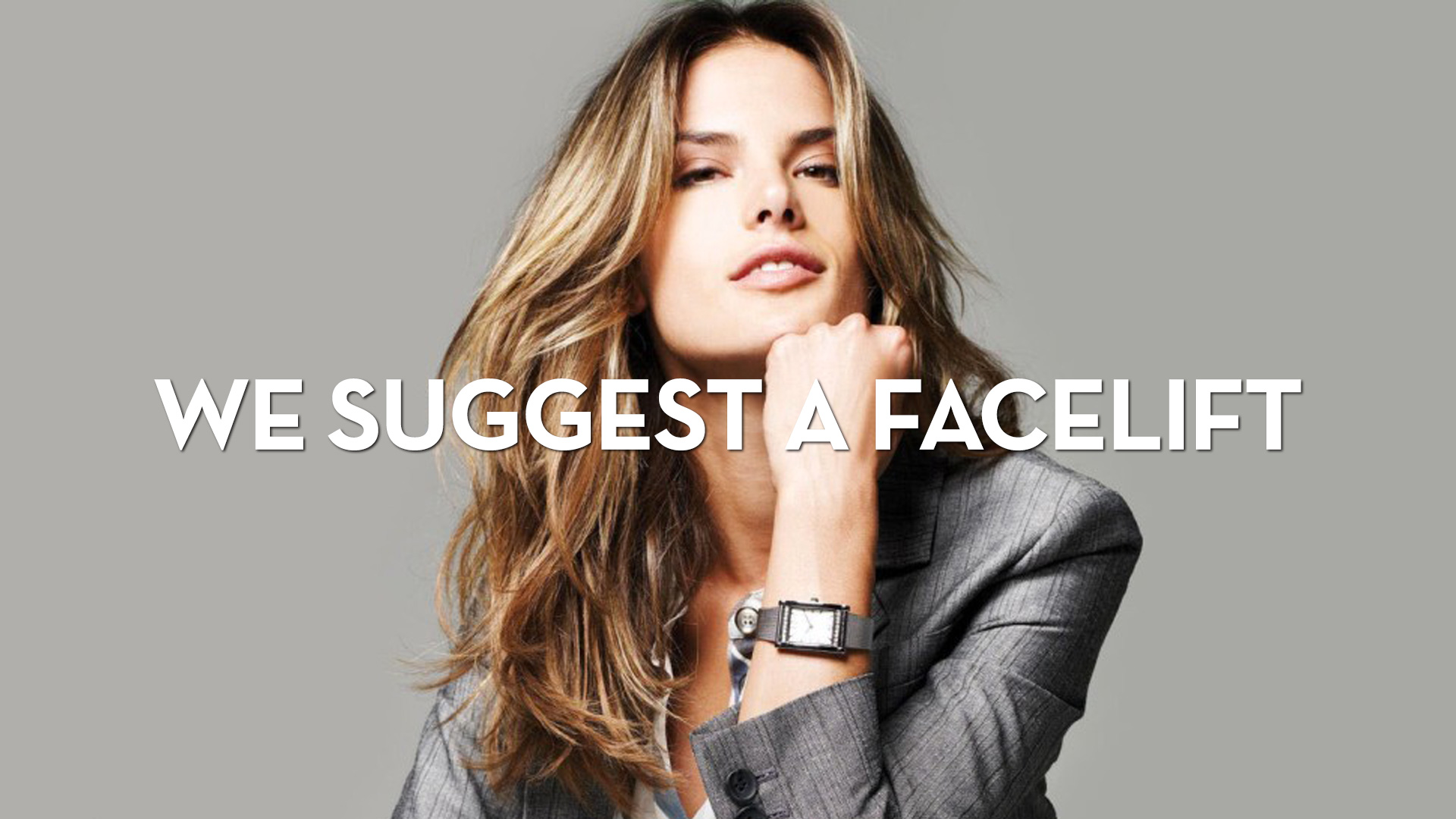
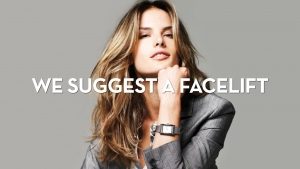
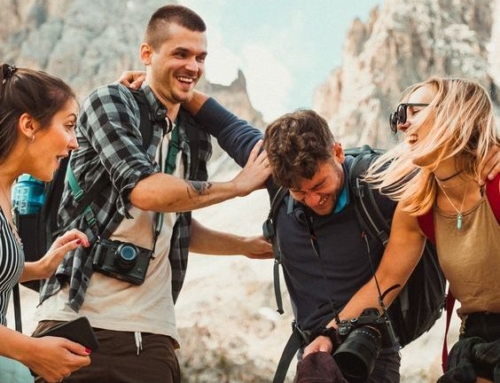
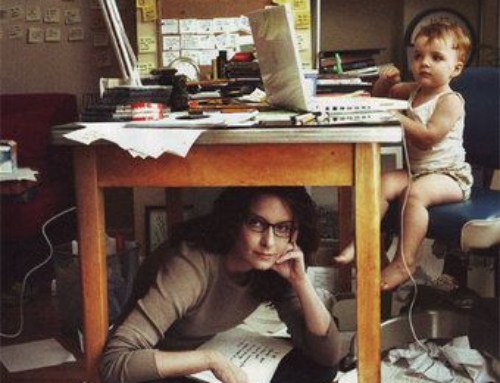

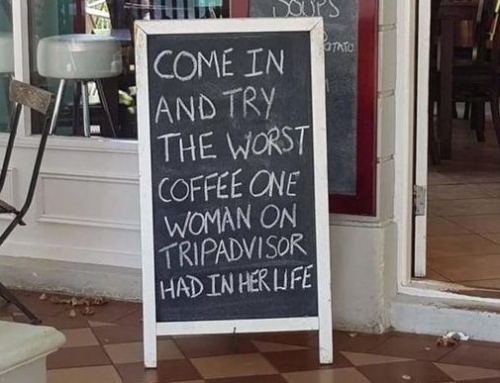
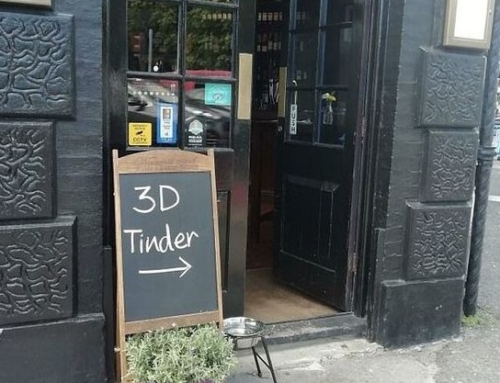

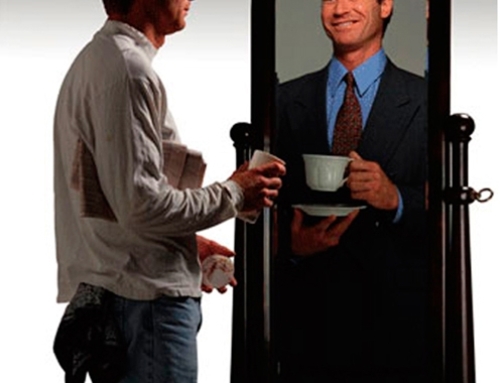

Leave A Comment
You must be logged in to post a comment.